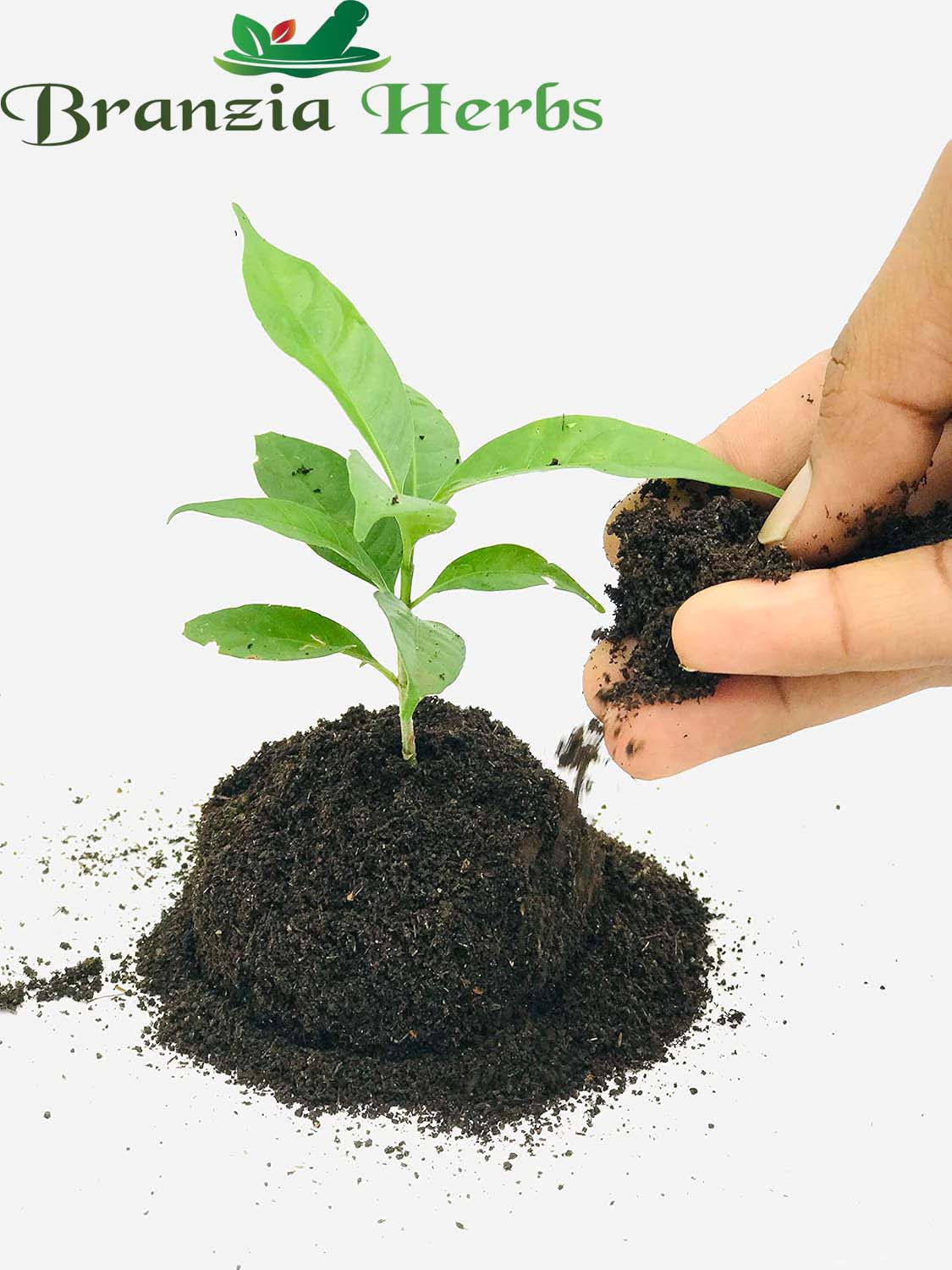Lemongrass (Cymbopogon citratus), also known as lemon grass, is a tropical herb renowned for its strong citrus flavor and aroma. It is widely used in culinary dishes, especially in Southeast Asian cuisines, and is valued for its aromatic properties and health benefits. Here’s a comprehensive guide on Lemongrass Herb Seeds, including their characteristics, benefits, and planting care:
Characteristics
-
Appearance:
-
Seeds: Lemongrass seeds are small and brown, about 1-2 mm in diameter. They are fine and may require careful handling.
-
Plant: Lemongrass is a tall, perennial grass with long, thin, green leaves that have a distinct lemony aroma. The plant can grow up to 1.2-1.8 meters (4-6 feet) tall and has a clumping growth habit.
-
Plant Size:
-
Height: Typically grows to about 1.2-1.8 meters (4-6 feet) tall.
-
Spread: Can spread up to 60-90 cm (24-36 inches) wide.
Benefits
-
Culinary Uses:
-
Flavoring: Lemongrass imparts a fresh, lemony flavor to dishes and is used in soups, curries, teas, and marinades.
-
Aromatic: The leaves can be used to infuse liquids with their distinctive citrus aroma.
-
Medicinal Uses:
-
Digestive Health: Lemongrass is traditionally used to relieve digestive issues, including bloating and indigestion.
-
Antioxidant: Contains compounds with antioxidant properties that can support overall health.
-
Detoxification: Often used in detox teas and remedies to support liver health and overall cleansing.
-
Cosmetic Uses:
-
Skin Care: Lemongrass essential oil is used in skincare products for its antibacterial and astringent properties. It can help with acne and oily skin.
Planting Lemongrass Seeds
-
Preparation:
-
Seed Treatment: Soaking lemongrass seeds in water for 24 hours before planting can improve germination rates.
-
Timing:
-
Optimal Season: Plant lemongrass seeds indoors 8-10 weeks before the last frost or directly outdoors in spring after the danger of frost has passed and soil temperatures are consistently above 20°C (68°F).
-
Soil and Location:
-
Soil Type: Prefers well-drained, loamy or sandy soil with a slightly acidic to neutral pH. Enriching the soil with compost can improve growth.
-
Location: Choose a sunny location with full sun. Lemongrass thrives in warm climates and requires plenty of sunlight.
-
Planting:
-
Sowing Seeds: Sow seeds about 1/4 inch (0.6 cm) deep in the soil. Space seeds or seedlings about 45-60 cm (18-24 inches) apart to allow for spreading.
-
Germination: Seeds typically germinate within 14-21 days. Keep the soil consistently moist but not waterlogged during this period.
-
Watering:
-
Initial Care: Water the soil thoroughly after planting and maintain consistent moisture until seedlings are established.
-
Ongoing Care: Water regularly, especially during dry periods. Lemongrass prefers consistently moist soil but can tolerate brief dry spells.
-
Fertilizing:
-
Nutrients: Lemongrass benefits from a balanced fertilizer or compost. Fertilize every 4-6 weeks during the growing season to support healthy growth. Avoid excessive nitrogen, which can lead to excessive foliage growth at the expense of flavor.
Care and Maintenance
-
Pruning:
-
Trimming: Regularly trim or harvest leaves to encourage new growth and prevent the plant from becoming leggy. Remove any dead or damaged leaves.
-
Pest and Disease Management:
-
Monitoring: Lemongrass is relatively pest-resistant but can be affected by common garden pests such as aphids and diseases like fungal leaf spots. Monitor the plants regularly.
-
Control: Use organic pest control methods if needed and ensure good garden hygiene to prevent disease.
-
Harvesting:
-
Timing: Harvest leaves once the plant is well-established and has plenty of foliage. The best time to harvest is when the leaves are fresh and aromatic.
-
Method: Use scissors or pruning shears to cut leaves. You can harvest and use leaves fresh or dry them for later use.
-
Protection:
-
Winter Care: In colder climates, grow lemongrass in containers that can be moved indoors during winter, or mulch around the base of outdoor plants to protect them. Lemongrass is generally grown as an annual in temperate regions.
Environmental Considerations
-
Climate Adaptation: Lemongrass is well-suited to tropical and subtropical climates. In cooler climates, it is typically grown as an annual or indoors.
-
Sustainability: Ensure planting practices are sustainable and adhere to local regulations regarding agriculture and conservation.
Summary
Lemongrass Herb Seeds offer a flavorful and aromatic addition to your garden or kitchen. By following proper planting and care guidelines, you can successfully grow lemongrass and enjoy its fresh, citrusy flavor in a variety of culinary and medicinal applications. Lemongrass thrives in warm, sunny conditions and requires consistent moisture for optimal growth. Its culinary, medicinal, and cosmetic benefits make it a valuable herb for various uses







